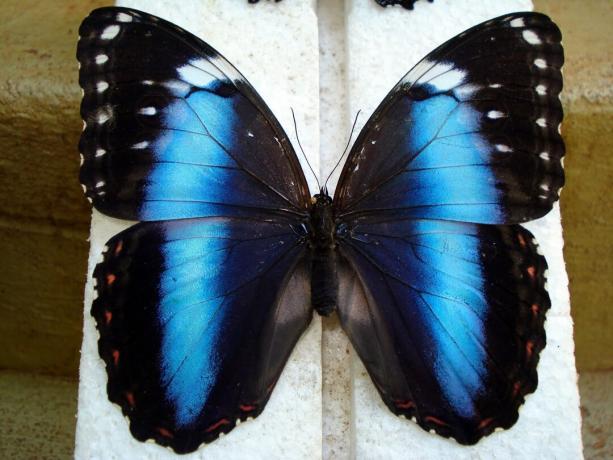The Federal University of Goiás (UFG) announced the development of a nanoparticle capable of capturing cocaine in circulation in the bloodstream and thus avoid the effects of the drug, even when consumed in amounts that cause an “overdose” and can lead to death.
The nanoparticle is administered through intravenous medication. Tests carried out with rats in the laboratories of the Center for Research, Technological Development and Innovation in Drugs, Medicines and Cosmetics at UFG, the FarmaTec, indicate the ability to capture up to 70% of cocaine in the body and the almost immediate return of blood pressure and heartbeat to the state normal.
see more
'Barbie' movie predicted to boost Mattel profits…
Japanese company imposes time restriction and reaps benefits
“Blood pressure and heart rate begin to return to normal about two minutes after administration. of the nanoparticle we developed”, says pharmacist Sarah Rodrigues Fernandes, in UFG publicity material. She is the author of the research, which resulted in her master's thesis defended three weeks ago at the university's Graduate Program in Pharmaceutical Sciences.
“By capturing cocaine, the nanoparticle keeps the drug trapped inside. It does not allow the drug to spread through the brain or other regions of the body. It allows, then, that there is time for a rescue therapy”, explains to Agência Brasil the pharmaceutical Eliana Martins Lima, work advisor and professor of nanotechnology applied to the pharmaceutical area.
The cocaine trapped in the particle is retained by the liver in the blood stream and is destroyed in the metabolism made by the organ.
“What we sought with this was to enable a way that, when the patient begins to lose vital signs, it is possible for the doctor or the SAMU [Mobile Emergency Care Service] to save him, reducing that toxic dose that is in the current blood," adds the advisor, who worked as a visiting professor at the Massachusetts Institute of Technology (MIT), in U.S.
Innovations
The successful experiment brings two innovations. In addition to getting almost immediate results to lessen the effects of cocaine, the research changes and adds the way of using nanotechnology in drug therapies.
Since the 1990s, nanotechnology has been used to more effectively deliver particles to targets in the body that need recovery and protection. The experiment shows that nanotechnology can also be useful for searching for and imprisoning substances and reversing a critical situation.
The so-called nanometric particles, obtained from natural organic chemical components (lipids) and low-mass molecules (polymers), are extremely small (1 nanometer is 1 million times smaller than a millimeter) and, therefore, efficient in circulation blood.
Commercialization
The eventual availability of the medicine for use in helping people in the process of overdose depends on a partnership between the university and pharmaceutical laboratories. Until it can be used in humans, the medicine must undergo clinical tests required by the National Health Surveillance Agency (Anvisa).
Drug production is a medium to long-term investment. In addition to testing, the pharmaceutical industry needs to pay for mass manufacturing laboratories and commercialization. The laboratory that becomes associated for the production must register for the sale.
“Our role as a public university is to train highly qualified people, young scientists, researchers and, along the way, to produce new knowledge. It is now very important that the pharmaceutical industries realize their ability to contribute to this innovation process and, in this way, identify that they will be able to maintain an important space in the market”, says Eliana. Information via Agência Brasil.

